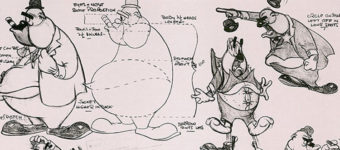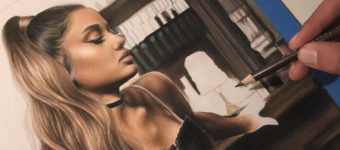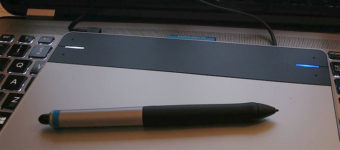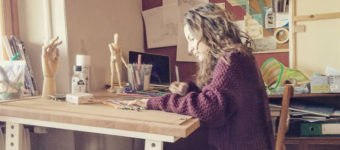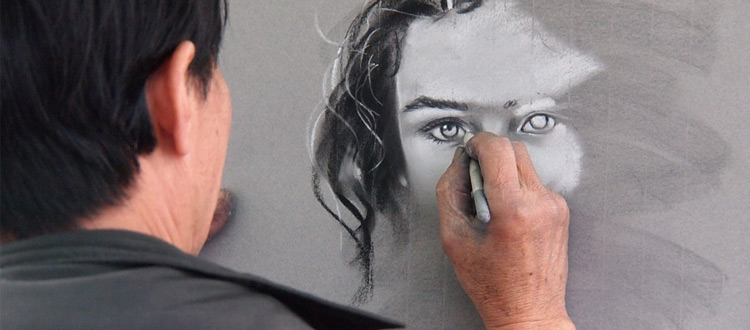
Cheapest Art Books For Beginners On A Budget
Anyone can start drawing on the cheap with a pencil and sheet of computer paper. But knowing how to draw and what to practice is never easy.
If you don’t want to spend any money I always recommend Draw A Box as a cheap free online alternative.
But to really dig into the fundamentals you’ll want to get some art books. Many art books can be fairly expensive but there are cheap ones if you know where to look. And if you’re a newbie then you may not want to invest much money into art until you know you’ll stick with it.
In this case check out some of the art books I’ve listed below. These are all very affordable and wildly useful for new artists.
Perspective Made Easy


Ernest Norling put together one of the best guides on perspective for the young artist. His book Perspective Made Easy is super cheap and very easy to read. It really is like a complete intro to perspective without all the technicalities.
It’s also a fairly lengthy book totaling 224 pages with twenty individual chapters on perspective exercises.
You’ll learn about forms, planes, and accurate proportions based on varying perspective. Norling’s exercises help you practice real and imagined perspective, both of which are valuable to digital artists.
If you need to learn perspective on a budget I would only recommend this book. You can always move to more complex books at a later date but saving money upfront is usually a good idea.
Light, Shade and Shadow


Rendering accurate value involves learning about lighting and shadows. This is another very complex subject but it’s also a fundamental skill that all artists should learn.
The book Light, Shade and Shadow is another affordable choice and it teaches how light works as a foundational component of learning to draw(or paint). The author E. L. Koller shares techniques for rendering with gradations and realistic shadows that pop off the page.
Drawing in a believable fashion requires an understanding of light and shadow. This book starts you off with exercises using forms and 3D shapes drawn on 2D paper. Then you move onto household objects and even the human figure.
It won’t take you long to work through this book since it’s only 80 pages long. However the exercises are easy to replicate and you can refer to this book as a resource for mastering the foundational knowledge of light & shadow as you practice.
Keys to Drawing


Every single professional artist will always have the same advice: learn to draw from life. It’s necessary.
There’s no way around this point because drawing realistically will always influence your style whether you want to make illustrations, comics, or detailed concept art.
Keys to Drawing is one of the few books that actually makes sense in regards to drawing what you see. The author Bert Dodson has decades of experience which all boil down nicely in this 224 page instructional book.
Early chapters teach you how to see and how to measure properly. From there you’ll learn the basics of laying down constructs and placing accurate marks on the page.
Dodson’s teaching style is very simplistic making it perfect for beginners. And the book’s price tag is very affordable making it a great choice for novice artists who have no idea where to start.
Drawing from life is a necessity so it’s better to start earlier rather than later. And if you have no idea where to start then Keys to Drawing will get you on the right path.
The Human Figure


There are literally dozens of various figure drawing books to choose from. And they each have their own focus like anatomy, style, technique, and/or accurate rendering.
The Human Figure is more like an intro guide explaining all the basics of figure drawing and how to see the human figure. The book goes into great detail regarding every aspect of the human body, including facial features, with 400+ drawings to illustrate the process.
Topics go beyond the technical features to include differences in body types, ages, and rendering techniques for capturing different poses.
I will say this book can be tough to work through if you have no figure drawing experience. But it’s also quite comprehensive and for the price you won’t find much better in the way of a technical figure manual.
The Natural Way to Draw: A Working Plan for Art Study


I always read conflicting opinions about Nicolaides’ work and it’s mostly from artists who didn’t know what to expect. The Natural Way to Draw is like a full art course unto itself. And let me say this is difficult even for artists with experience.
But you can get it pretty cheap and the lessons are impeccable. Nicolaides teaches how to draw without relying solely on photo reference. The book walks you through 25 different exercises which ask you to practice a certain amount of hours before moving on.
This is really a book for artists taking art seriously. You cannot blow through this in a week or even a month. The idea is to help you capture gestures and concepts from life so that you can mimic them while drawing from imagination.
But you won’t get there quickly unless you put in the work.
I would definitely recommend this book to anyone who’s ready for it and has some experience in figure drawing. Or even if you’re not very experienced but are willing to work 5+ hours a day then you can make progress.
The Practice and Science of Drawing


Dover publishes a lot of cool art books and this is one of my favorites to recommend for beginners. The Practice and Science of Drawing teaches art from a technical and theoretical point of view by giving artists the right mindset to approach exercises.
The detailed examples cover topics like construction, line quality, proportions, best drawing materials and even building up a visual memory to help you draw concepts from your imagination.
I wouldn’t call this the most “actionable” art book in the list. It does mix a lot of opinion and rhetoric into the exercises.
But you’ll learn a lot along the way and ultimately I think it’s a book worth getting if you’re teaching yourself to draw on a tight budget.
Constructive Anatomy


When you’re ready to move into detailed anatomy then Bridgman’s Constructive Anatomy is likely your best choice for a budget learning resource.
The book is 192 pages long teaching a little bit of every anatomical detail on the human body. You learn to recognize the figure as volumes and shapes which can be rendered in greater detail with more precision over time.
I like the clarity of each section and how much detail you get for such a cheap book. Bridgman doesn’t have the cleanest drawings, but he does explain each one like a diagram with further information teaching how the muscles move & connect to other areas on the body.
Truthfully this is more like a general intro to anatomy for intermediate-level artists. The best anatomy book for memorization is the Goldfinger book, however it’s also very pricey in comparison.
If you need a place to just start with learning anatomy then Constructive Anatomy will serve you well. But it won’t help you all the way and you’ll eventually need to supplement with more resources.
Sketching People


Quick sketching is a powerful technique and it’s something you’ll have to learn if you plan to draw from the real world. Animals, cars, and people are all moving and you’ll have to learn how to capture these things from life.
Sketching People: An Urban Sketcher’s Manual to Drawing Figures and Faces is a pretty new book with a very long title. It teaches young artists how to capture the essence of a pose in a world where people are constantly in motion.
You’ll learn how to study the figure and determine which marks are the most important. If you have enough time you’ll also learn how to render skin and clothing in great detail. This is all packed into 128 pages aimed towards artists who want to master the art of sketching.
Whether you want to draw people on the street or animals at the park, this book offers enough advice to build your confidence and help you get started.
Every single book in this post can be useful to a new artist. Some books assume a higher skill level than others, but they’re all affordable and incredibly useful on different topics.
If you’re a complete beginner with no idea where to start I would highly suggest Keys to Drawing. Everything in that book applies to other areas of art so you’ll take away lots of good info from Dodson’s writings.
But look over the list again to see if any other books catch your attention. There is no right or wrong place to start. As long as you’re drawing and trying to improve you’ll make progress.


